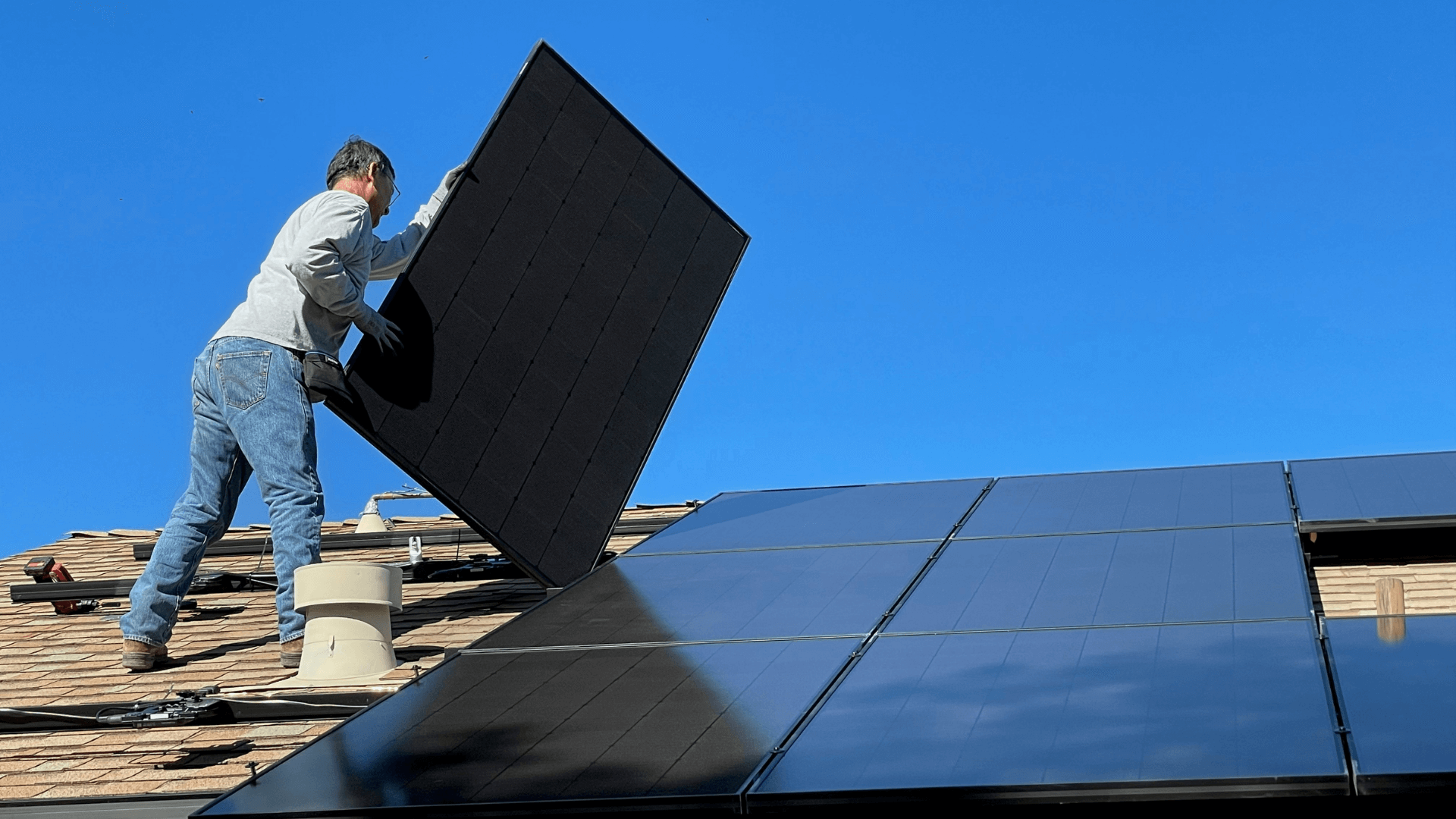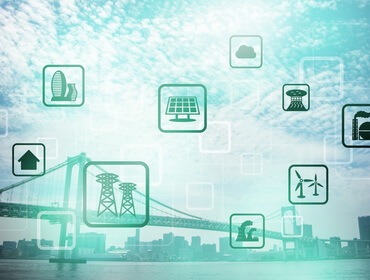Smart Home Energy Solutions: What’s Working in 2025
Planning to launch your own product in home energy management and monitoring? It’s a smart move to do right now because:
- By 2025, revenue is expected to hit $174 billion, says Statista. Four years later, it could jump by nearly 50%, reaching $250 billion.
- Lots of homes already have smart devices. In the U.S., that’s around 60 million households — about 43%. And with more options and lower prices, that number keeps growing.
- Yet, the commercial sector is leading the smart building market, making up 72% in 2024. And it’s only growing. Offices, retail spaces, and other businesses see energy-efficient solutions as a way to stay competitive.
So, your product is in a growing market. The question is — how do you stand out and make it a success?
In this article, we’ll break down the key benefits of smart home energy solutions with real examples of companies that turned them into profit.
If you’re ready to do the same and need a tech partner to help with energy software development, Digiteum is here to help.
Partner with experts in smart home tech
Digiteum has helped energy tech companies build their smart home energy solutions and scale successfully.
Get in touch1. Increased consumer interest
Smart home energy solutions associate with different benefits, with cost savings and sustainability leading the charge. And these are the top priorities right now.
- Rising energy costs. As energy rates continue to increase, there’s a growing demand for solutions that minimize electricity bills.
- Avoiding unexpected expences. Users want real-time energy tracking and automated controls to prevent unexpectedly high bills and better manage consumption.
- Grid reliability. More consumers seek energy storage and backup solutions to ensure uninterrupted power.
- Carbon footprint reduction. Sustainability brings savings — great for homeowners looking to reduce their electricity bills and essential for businesses needing to meet regulations.
Households, commercial properties, and industrial setups want their smart home energy solutions to address these challenges. If you deliver on their expectations, you’re targeting a constantly growing audience of potential users.
Smart home products continue to attract interest and investment. In 2024, the smart home sector secured $694 million in funding, according to Tracxn.com. This shows that there are still exciting opportunities for smart home energy solutions companies to explore and grow.
2. Adding extra value to your devices
There’s one group of smart home solution providers we’ve been working with a lot — smart device manufacturers.
If you make thermostats, lighting, or energy storage systems, adding connectivity and automation isn’t just a tech upgrade — it’s a business move. A standalone thermostat is just hardware. A smart energy management system that keeps tenants comfortable with zero effort and helps them save on electricity bills? That’s a service people will pay for.
The right features don’t just improve your product — they increase its value, drive adoption, and open new revenue streams.
3. Expanded revenue streams
Smart home products aren’t just getting smarter — they’re finding new ways to bring in money. With the right integrations, companies can offer services people are willing to pay for. In fact, The Verge calls subscription models a rising trend in the smart home market.
Take EcoFlow, the maker of the PowerStream Solar System. They’re testing a subscription service for their balcony solar setup. They want to keep basic features free but charge for premium ones. As of early 2025, they haven’t announced these features yet, but the market is watching.
Subscription models turn one-time gadget sales into ongoing revenue — something more smart home companies are starting to explore.
Have an idea for smart integrations that drive revenue? Digiteum’s analysts can help transform this idea into a real-life solution.
Tech is the tool, user comfort is the goal
Digiteum excels in tech and strategy, helping smart home firms define value and build a winning product.
Contact us4. New partnerships and expansion to other markets
Connecting devices opens up great partnership opportunities. When a smart home brand teams up with a big company, they get access to a huge customer base. Here are a few examples:
- August and Yale, the smart lock companies, joined forces with Amazon Key to make in-home deliveries safer. Delivery drivers can now place packages inside homes, not just leave them at the door. This partnership helps August and Yale earn revenue from every delivery.
- Eufy, which makes smart security cameras and doorbells, teamed up with Apple. Now, their devices work seamlessly with Apple HomeKit, giving them access to Apple’s massive user base.
- SunRun, a residential solar energy provider, partnered with Ford and Tesla in 2024 to connect their solar systems with electric vehicles. This lets homeowners charge their EVs using solar energy, and the collaboration helps integrate renewable power into the grid.
These partnerships helped these companies expand their reach and connect with bigger audiences. Do you see any opportunities like this for your product?
Let’s talk about some smart home energy trends that we find pretty exciting. One comes right from our own portfolio and focuses on digital twins. The others are recent industry trends that have caught our attention.
Digital twins for energy planning
When planning a smart building — whether starting from scratch or retrofitting — getting the placement and installation of devices right is key. Do it well, and you’ll have an efficient, sustainable space. Do it wrong, and users will waste energy or feel frustrated by poor device placement.
This is where digital twins come in. A digital twin creates a virtual replica of a space, so you can add all the smart devices and see how they’ll work before installation. More advanced versions even offer recommendations on optimal placement to make sure everything functions perfectly.
By 2025, digital twins are playing a bigger role in smart home projects. They’re being used in all sorts of ways, from monitoring energy use in iconic buildings like the Shard in the UK to creating digital replicas of entire cities, like Helsinki or Singapore, for better urban planning.
Example

An Estonian building automation company wanted to simplify device installation for sales managers, no engineering skills needed. They created building automation software that models a space as a digital twin. Users input basic details — like floors, rooms, and stairways — and the software generates a smart lighting plan with models, quantities, and prices.
Digiteum joined as their tech partner. Our job was to build a simple, user-friendly frontend that worked seamlessly with the complex backend and multiple databases.
The goal was to make planning easier, set up devices quickly, and handle calculations automatically. We nailed it. The result is easy-to-use tech with powerful features. In 2024, our client secured Series A funding.
Building a smart home solution? Let us help!
We link data, integrate solutions, and simplify your product’s UX/UI.
Contact usSolutions for renewables integration and grid optimization
The push for more renewable energy isn’t slowing down. In 2024, the US Energy Information Administration (EIA) expected wind capacity to reach 153.8 GW, adding 6.5 GW in just one year.
But what does this mean for home automation energy management in everyday terms? Integrating renewables with the help of greentech software development isn’t just about sustainability — it’s about practical benefits:
- Less reliance on the grid. Homes and businesses can generate their own power, especially during peak hours when electricity rates spike.
- Lower energy bills. Users store excess solar or wind power and use it when needed instead of buying from the grid.
- Extra income. They can also sell surplus energy back to the grid or participate in demand-response programs.
Of course, renewables come with a challenge — they don’t produce power at a steady rate. Think of solar panels: they work great on a sunny afternoon but not at night. The key to success? Home energy management solutions that store, predict, and optimize energy use — making renewables reliable 24/7.
Example

Sonnen focuses on helping homeowners benefit from renewable energy. They wanted to enable people to store solar energy for later use, making their homes more energy-efficient.
To make this happen, Sonnen integrated their SonnenBatterie with Enphase solar microinverters. This combination allows homeowners to store excess solar energy and use it more efficiently, reducing reliance on the grid.
With this setup, users can use solar energy for their homes first, and only rely on the grid when needed. This helps them make the most of renewable energy.
AI energy assistants for predictive smart home energy management
In a home energy management system, the integration of AI is inevitable, like in any other industry. In this blog, we’d like to concentrate on its use in predictive energy management.
- Early detection of failures. AI predicts when devices like HVAC or smart thermostats might fail. Right now, this helps companies avoid costly repairs.
- Energy optimization. AI analyzes usage and adjusts settings for better energy efficiency and cost savings.
- Automated fixes. AI detects issues and can suggest quick fixes or schedule repairs. This potentially reduces downtime and maintenance costs.
The market is ready for new AI-driven smart home energy solutions and predictive maintenance. Will your project be the next big thing?
Example

GridEdge uses AI to help commercial buildings manage energy better. Their goal is to help businesses save on energy costs and become more sustainable.
They do this by using AI to predict energy needs. The AI looks at data from equipment, weather, and how the building is used. It adjusts things like heating, cooling, and lighting automatically to save energy.
This helps buildings use less energy, lower costs, and reduce their environmental impact. Plus, it keeps the building comfortable for everyone inside.
Digiteum can help you build a roadmap if you’re starting your smart home project. We provide the tech expertise to turn your idea into a reality. And we support you as you improve your solution to attract more customers.
How do you know that you can trust us?
- Check our portfolio. We’ve been working with top companies since 2010, like Oxford University Press, Lodgify, Rollomatic, and more.
- Expertise in smart home solutions. Since 2017, we’ve been delivering smart home solutions with a focus on SaaS custom development, complex data management, and analysis and visualization of this data. This expertise has helped us attract and retain innovative projects in the industry.
- Starting with a no-strings-attached call. It’s the easiest way to see for yourself. Get in touch, and we’ll talk about where your project is now and where you want to take it next.
This post was originally published on April 17, 2019 and updated on February 5, 2025.







